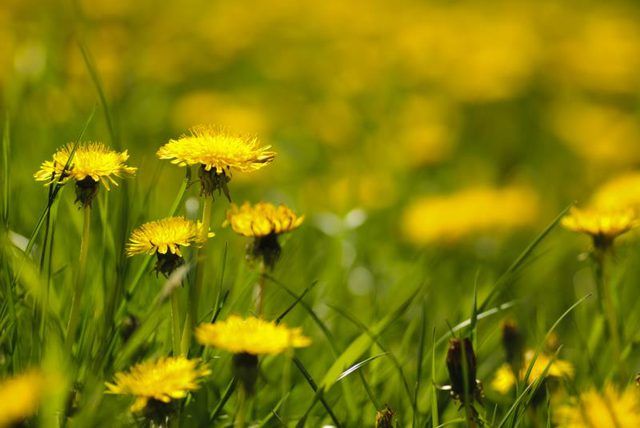Bulbs
Flower Basics
Flower Beds & Specialty Gardens
Flower Garden
Garden Furniture
Garden Gnomes
Garden Seeds
Garden Sheds
Garden Statues
Garden Tools & Supplies
Gardening Basics
Green & Organic
Groundcovers & Vines
Growing Annuals
Growing Basil
Growing Beans
Growing Berries
Growing Blueberries
Growing Cactus
Growing Corn
Growing Cotton
Growing Edibles
Growing Flowers
Growing Garlic
Growing Grapes
Growing Grass
Growing Herbs
Growing Jasmine
Growing Mint
Growing Mushrooms
Orchids
Growing Peanuts
Growing Perennials
Growing Plants
Growing Rosemary
Growing Roses
Growing Strawberries
Growing Sunflowers
Growing Thyme
Growing Tomatoes
Growing Tulips
Growing Vegetables
Herb Basics
Herb Garden
Indoor Growing
Landscaping Basics
Landscaping Patios
Landscaping Plants
Landscaping Shrubs
Landscaping Trees
Landscaping Walks & Pathways
Lawn Basics
Lawn Maintenance
Lawn Mowers
Lawn Ornaments
Lawn Planting
Lawn Tools
Outdoor Growing
Overall Landscape Planning
Pests, Weeds & Problems
Plant Basics
Rock Garden
Rose Garden
Shrubs
Soil
Specialty Gardens
Trees
Vegetable Garden
Yard Maintenance
How to Dry Dandelion Flowers
How to Dry Dandelion Flowers. Dandelion (*Taraxacum officinale*) is a perennial herb found throughout the northern hemisphere and cultivated in U.S. Department of Agriculture plant hardiness zones 5 through 9. Although many people consider the weedy plant a nuisance, others appreciate its ability to aerate and improve soil quality by pulling...

Dandelion (Taraxacum officinale) is a perennial herb found throughout the northern hemisphere and cultivated in U.S. Department of Agriculture plant hardiness zones 5 through 9. Although many people consider the weedy plant a nuisance, others appreciate its ability to aerate and improve soil quality by pulling minerals from deep in the ground up to the surface. The dried flowers are used to make teas, soaps and salves.
Harvesting Flowers
First, make certain the plants have not been sprayed with pesticides or herbicides. If youíre wild harvesting dandelions near a busy road or highway, pick only those that are at least 500 feet back from the road, to minimize the risk of residual contamination from petroleum-based oils and fumes. Similarly, if your harvest resides on your own lawn, make sure they havenít been visited by your pets.
Hand pick dandelion flowers on a dry, sunny day. Aim for the early to mid-afternoon hours when the flower heads are fully open and to ensure that the morning dew has completely evaporated. To harvest, simply grasp the base underneath the flower with fingers and give a quick tug. Carry a bowl or bag with you to hold the flowers as you collect them.
Preparing Flowers
Inspect each flower carefully for insects. Small ants, in particular, have an affinity for dandelion flowers and can often be found hidden in the folds of the petals. Fortunately, a gentle tap on the side of the bud is enough to evict them.
Rinse each flower in cool water and lay on a kitchen towel or paper towels. Gently pat dry with a clean cloth or paper towels. Let flowers rest for 30 minutes to allow any remaining droplets of water to evaporate before proceeding.
Wilting Method
One way to reduce the natural water content in the picked flowers is to allow the blossoms to wilt in the open air. This is the recommended method of drying dandelion flowers that will be infused in oil for use in making salves or soaps Ė and itís an important step that shouldnít be skipped or rushed. Otherwise, if too much moisture is present, the flowers may ferment and become moldy.
Spread the flowers out on a tea towel, newspaper or screen in a single layer on a table or counter indoors. It's okay if the flowers touch, but they shouldn't be piled on top of each other. The location should be free of direct light and drafts to ensure all the flowers dry at the same rate. Let the flowers wilt naturally for several hours or overnight. In the morning, they will be ready to infuse in oil for making cosmetic formulas.
Solar Method
This is the recommended method for drying dandelion flowers that will be used to make herbal tea blends. Wilting of the flowers isnít necessary because the sun will do the work of reducing the water content in less time.
Spread the flowers out in a single layer in a large bowl or tray and place on a secure surface outdoors where they will get full sun. Depending on the strength of the sunís rays, it will take anywhere from one to three hours for the flowers to dry, possibly longer. You will know they are ready when the flowers close slightly and the petals look dry. Keep a watchful eye, or you will end up with crispy flowers instead of dried. Note, too, that over-drying will cause the flowers to go to seed, which makes them turn white and "poofy" looking.
When the dandelion flowers are dry, they may be mixed with green or black tea, other dried herbs, flowers or fruit peels, if desired, and stored in an airtight container in a cool dry place.